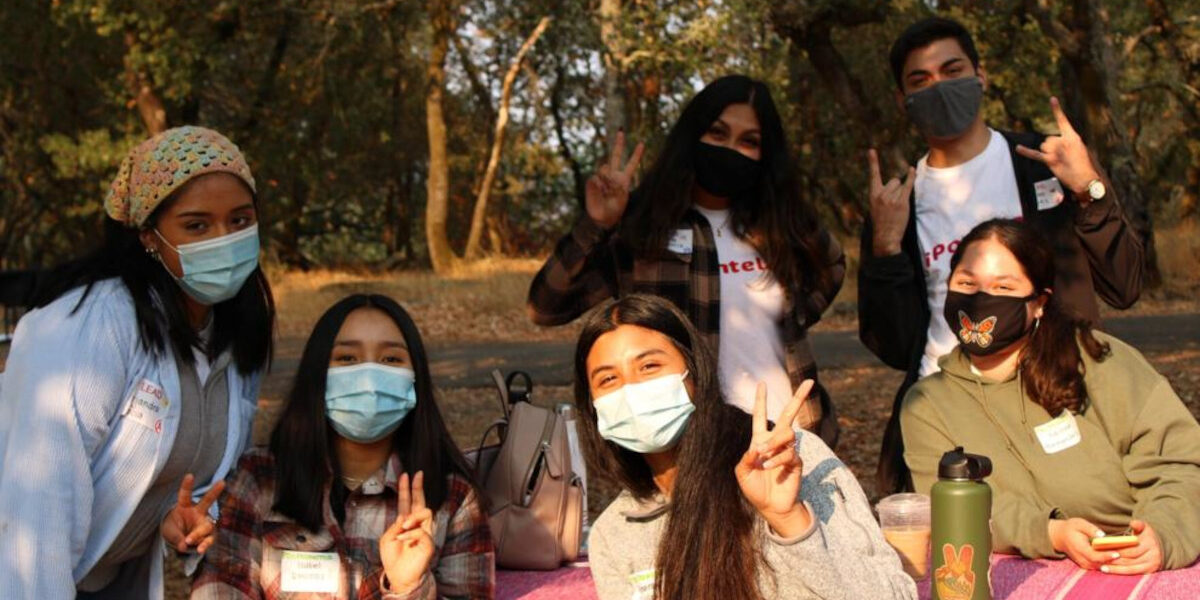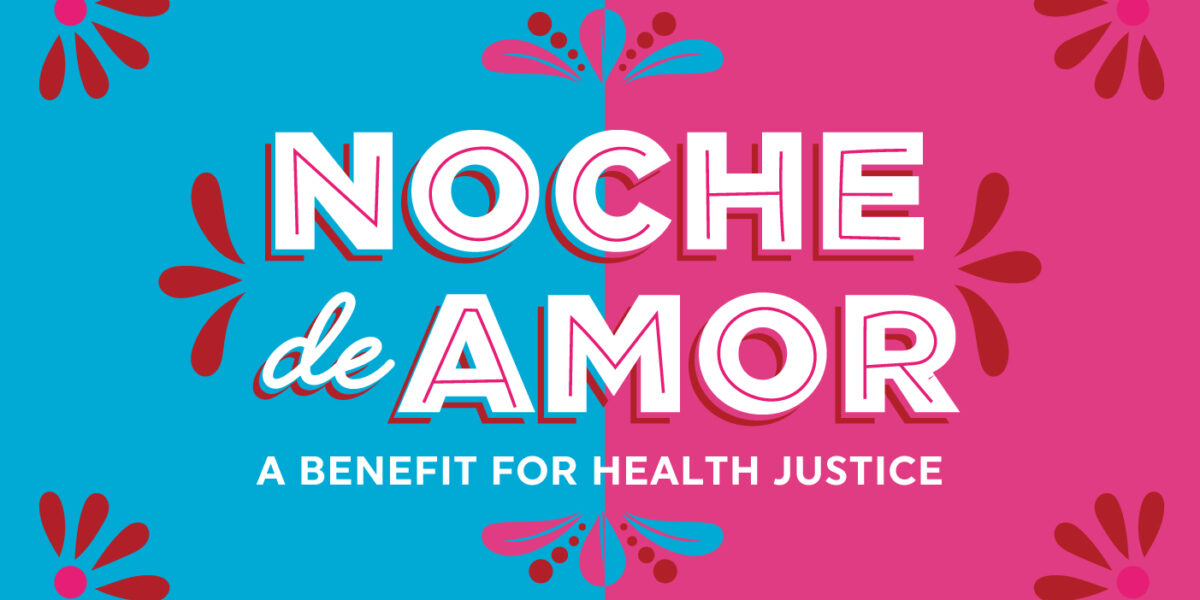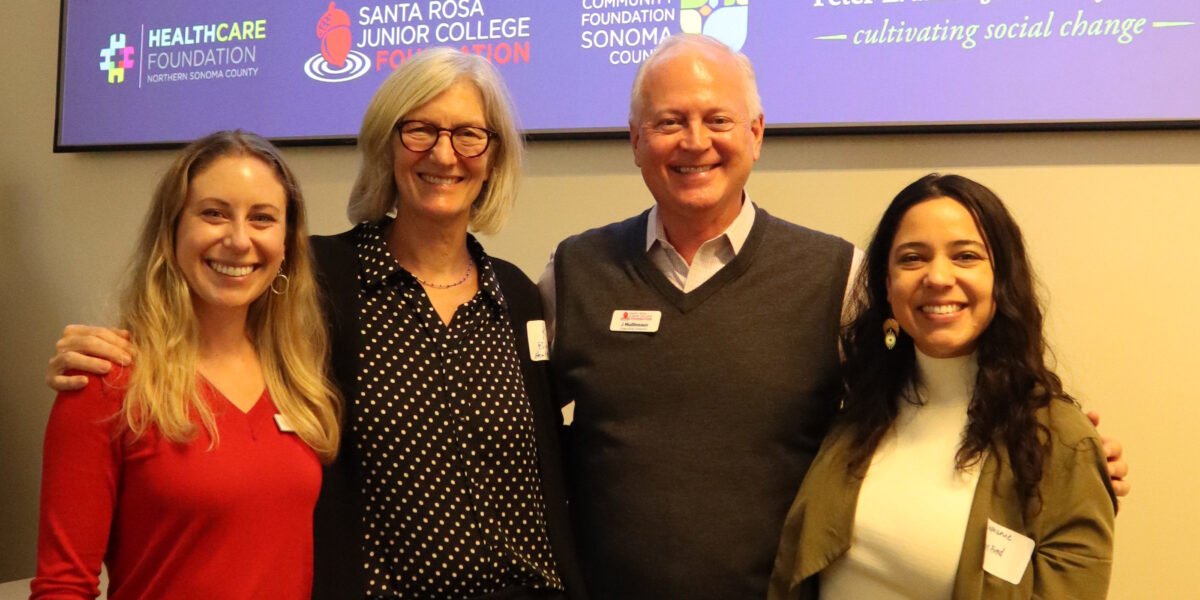

Community Response Teams: Cooperation and Resilience at the Grass Roots
Earlier this year, the Healthcare Foundation convened local stakeholders and initiated a process to collaboratively develop local Community Response Teams (CRTs) made up of frontline agencies, community members, and trusted community liaisons like promotoras de salud (community health workers).
Earlier this year, the Healthcare Foundation convened local stakeholders and initiated a process to collaboratively develop local Community Response Teams (CRTs) across Sonoma County. CRTs are made up of frontline agencies, community members, and trusted community liaisons like promotoras de salud (community health workers) who are prepared to respond in a coordinated fashion to community needs and vulnerabilities in the event of a public health challenge or emergency. The Healthcare Foundation received support for the CRT project from Providence and the Peter E. Haas, Jr. Family Fund.
The CRT project was inspired by the growing network of community-based organizations (CBOs) in Sonoma County, many of whom we helped fund over the last year to work on Covid-19 education, mitigation, testing, outreach and vaccination efforts. The five-month CRT planning process, which began in February, sought to uplift those grassroots efforts and to formally recognize the highly localized networks by sub-region or “zone.” The focus was on connecting organizations that serve low-income, marginalized individuals to each other, with direct lines of communication to the County, including the Department of Health Services and the Department of Emergency Management.
Borrowing from a successful model in neighboring Marin County, the Healthcare Foundation identified five CBOs as lead agencies to develop CRT plans in Sonoma County: Corazón Healdsburg for North County; La Luz for Sonoma Valley; Petaluma Health Care District for Petaluma and Rohnert Park; Center for Well-Being for Santa Rosa and Sebastopol; and River to Coast Children’s Services for the river and coastal areas of West County.
The goal of this planning phase was for each of the lead agencies to identify local resources and develop local strategies to improve coordination both within their zones and across the county as the beginning of local Community Response Teams.

“This was the critical first step, convening our local partners and stakeholders and recognizing all the lessons learned from Covid and the vaccine rollout,” said Healthcare Foundation Executive Director Kim Bender. “We were astounded by all the community resources each lead agency identified, with specific contact information, as well as the lessons we were able to share across the hubs and with the County, that will greatly inform and prepare us for the next public health crisis.”
The “zone” model at the heart of the CRT project is founded on the idea that increased local coordination and partnership between agencies will support the development of a public health infrastructure that reduces the negative impact of public health threats and emergencies and increases community-based outreach, education, and service provision overall.
Strengthening the local networks, with direct lines of communication both to and from the county, will mitigate negative impacts on marginalized communities. Historically, during natural disasters such as the fires of 2017 and 2019 and especially in the early stages of the pandemic, these communities often experienced inequitable access to emergency resources, which contributed to worse health outcomes. Over time, resources were redirected to where they were needed most, and many lessons were learned that this project aimed to capture. All of the lead agencies are now part of Sonoma County COAD (Community Organizations Active in Disaster), and they will continue to meet under the COAD umbrella to continue to build and revitalize the networks over time.
“The longer-term goal is building more equitable, coordinated efforts to respond to and recover from future countywide public health threats and emergencies,” said Kim Bender. “That’s in keeping with the Healthcare Foundation’s strategic focus on community resilience, engagement and support, and thanks to the collective effort behind the CRT project, we just took a big step in that direction. COAD is the ideal home for the CRTs going forward.”

Related News + Stories
Invest in Our Community
Your support is vital to our collective vision of eliminating health inequities in northern Sonoma County.
Donate



